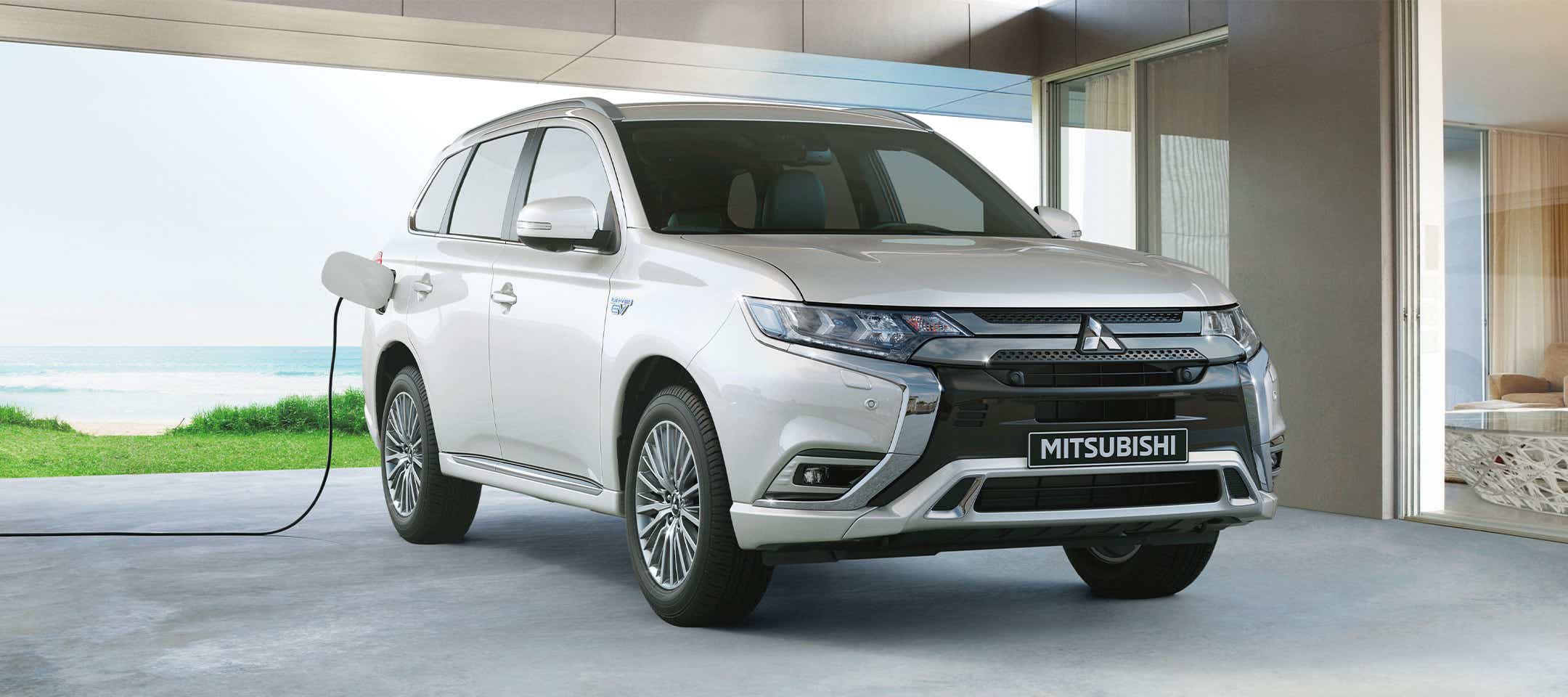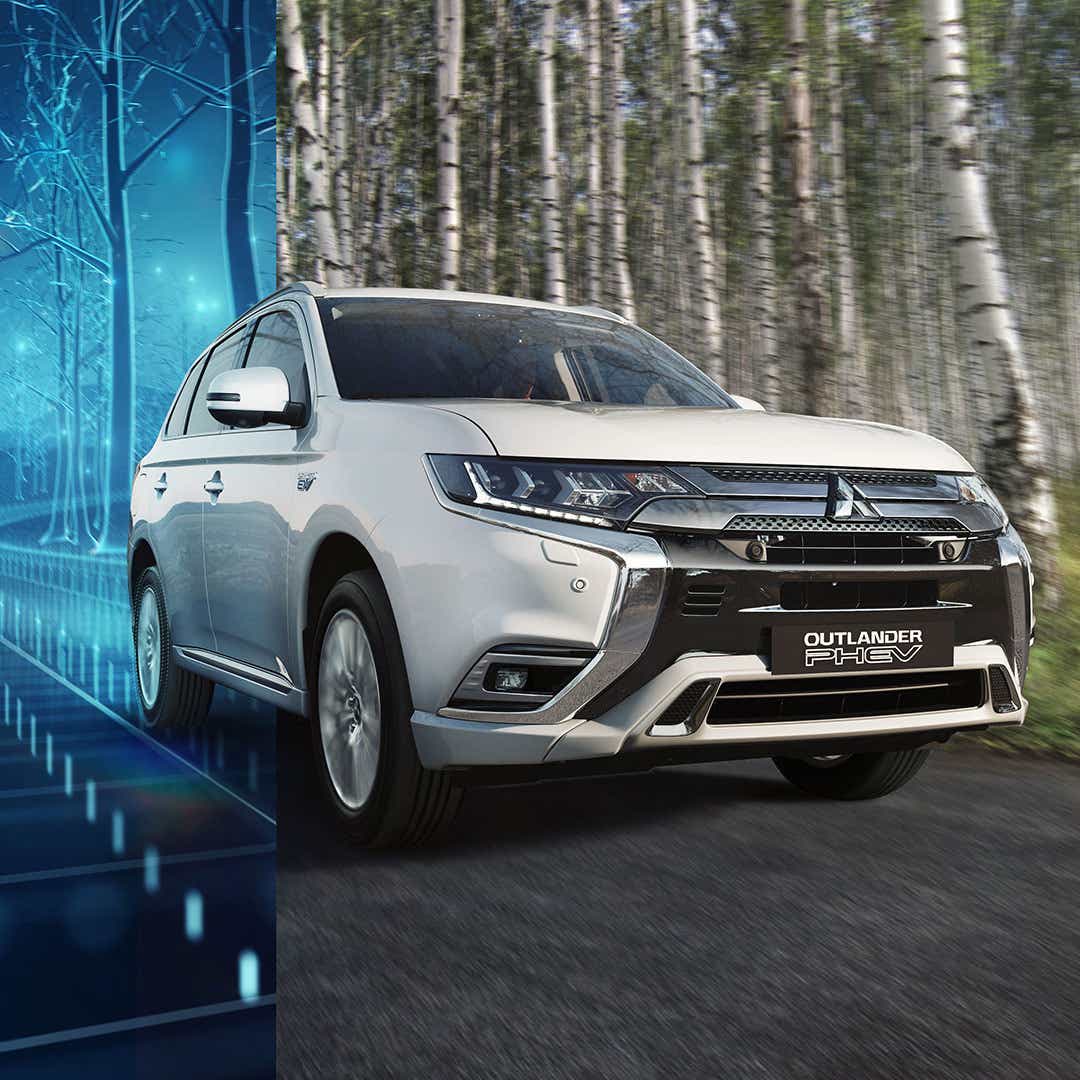Environmetal Strategy
Mitsubishi Motors takes the health of our planet seriously. We have
examined every aspect of our business, from designing
aerodynamic, fuel-efficient vehicles to reducing emissions from our
factories.
Our Approach
We also take responsibility for disposing of the vehicles we have made when they come to the end of their lives. We take back and recycle older vehicles. Plus, we are working to make sure that in future an even higher percentage of each car can be recycled.
We use cutting-edge technology to reduce energy use and waste, while improving the quality of our products. Designers at our Japanese factory can create and ‘drive’ virtual cars on realistic roads. This saves the energy, materials and fuel needed to build and test a full-sized prototype. One of many innovative changes to our processes was a switch to water-based paints. This has almost eliminated the release of heavy metals in waste water from the spray shop.

Green By Design
Global warming is an urgent issue and the auto industry is working hard to improve fuel economy and cut CO2 emissions. Aerodynamics can play a significant role in cutting emissions, especially at highway speeds. So our brilliant engineers hone new body shapes using extensive wind tunnel experiments using scale models and computer simulations. The R&D department has even developed sophisticated Virtual Reality technology to test the aerodynamics of prototype cars before they are even made. Using the same technology, designers can ‘drive’ around a realistic course and even experience what a driver of a different height would see. This saves energy, materials and fuel compared with testing a prototype.
Our designers are also testing new eco-friendly materials to be used in future cars. Some of these were showcased by the Concept-cX, including Green Plastic: a family of plant-based resins. These could be used for parts including floor mats, door trim, seat-back panels and other interior trim materials.
Greener Factories
Mitsubishi Motors aims to be one of the best car manufacturers in the world in terms of environmental performance. At the Mitsubishi factories for Mitsubishi Motors Corporation and Mitsubishi Motors (Thailand), the Environmental Management System are certified according to ISO 14001. It ensures that all environmental aspects, and even local nuisance items such as noise, are evaluated, recorded, and then reduced through a program of continuous improvement. Every aspect of our business follows the Mitsubishi 3R principle of Reduce, Reuse and Recycle.
The introduction of new processes has reduced the discharge of heavy metals into wastewater by 99% since 1989. We also use less water overall while making our cars. We have considerably reduced the emission of hydrocarbons by introduction of water based paint materials and we produce less waste and use fewer packaging materials by continuous optimizing our processes. Mitsubishi Motors is also careful to reduce noise at all its factories. Measures include the creation of insulated ‘noise zones’, so neighbours don’t have streams of cars passing by. Trucks are guided onto main routes, away from neighbourhoods.
We will continue to reduce energy consumption and carbon dioxide (CO2) emissions and use optimal recycling techniques for new materials.

Environment Reports
The environment will be one of the great challenges of the 21st century. Mitsubishi Motors endeavors to achieve sustainable environmental development and protection. The comprehensive, worldwide report of environmental protection measures have been documented in the annual environmental report of Mitsubishi Motors Japan. Information and figures on the subject of environmental protection by the Mitsubishi Motors Corporation can be found below:
- Environmental report 2018 (105 pages, 4292 KB, English)
- Environmental report 2017 (62 pages, 11,688 KB, English)
- Environmental report 2016 (72 pages, 6570 KB, English)
- Environmental report 2015 (28 pages, 11200 KB, English)
- Environmental report 2014 (22 pages, 9500 KB, English)
- Environmental report 2013 (22 pages, 3521 KB, English)
- Environmental report 2012 (22 pages, 7020 KB, English)